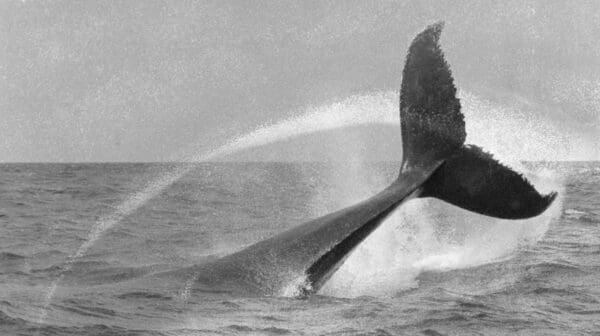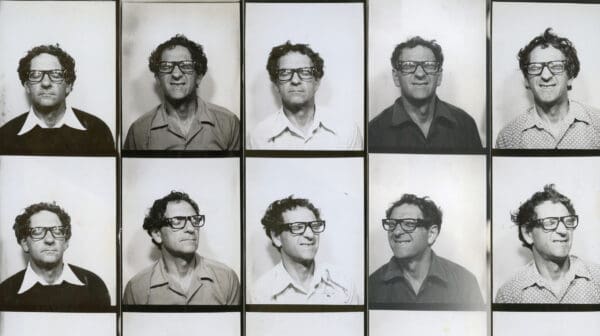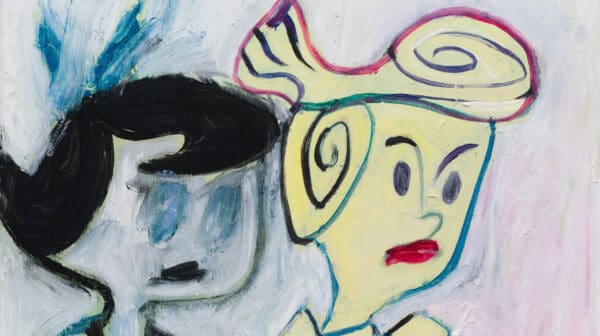When we speak, Orr’s current exhibition, The Promised Land Refigured, is opening at Linden New Art, revisiting an earlier series from 2012. Originally performed at sites of migrant arrival and colonial expansion at St Kilda and along the Yarra River, The Promised Land raises pressing questions about movement, loss and migration, and ruminates on the layers of history that shape a colony such as Australia. Newly presented in Melbourne/Naarm’s seaside suburb of St Kilda, the new configuration of this work extends Orr’s interest in sites of endurance and renewal. Alongside selected photographs from this series, Orr presents a sculptural component; a skeletal frame of a boat and a clay sculpture with a red flag. This boat is made from interlocking sheets of cut ply, arresting for its unsuitability as a vessel.
We discuss the elements of surrender in Orr’s work and the transformative potential of live performance. We also talk about returning to a work 12 years on, especially within a landscape where questions of migration and climate change are urgently pressing upon us.

Jill Orr: I made The Promised Land in 2012. So it’s not a new work, but I was invited to exhibit at Linden New Art. I chose to exhibit The Promised Land because it’s photographed mostly on St Kilda Beach. Historically this is an important site for migration. The original work was prompted by asylum seekers and the Tampa affair [a 2001 event when a boat carrying 400 rescued asylum seekers was denied entry to Australia], and all those dreadful, terrible images of people who are completely dehumanised in the media. And this is continuing with the increase of refugees from war and climate change. In a biblical sense “the promised land” is a great energiser of hope and possibility, one that moves people across generations.
Amelia Wallin: What new elements have you brought to the exhibition?
JO: I created a kind of mound just using raw clay, which is intended to gradually dry over time. It feels like an ant’s nest, with a flag coming out of it. The flag is red, and it’s in a sense revolutionary, thinking of art history with Delacroix and the red flag of liberty.
“The aim is to quietly get in there, in the performance zone, so that the energy is far bigger than the brain, or heart, or mind or body. That transformative moment is always surprising and risky.”
AW: How do you negotiate between the mediums of performance and visual art? Or do you not separate them like that?
JO: I do separate them because one is completely embodied. And when I am working in performance, I always leave something unknown within the actions of the performance, so that it is completely different each performance. In the case of this installation, it is the clay work that really is unknown. I don’t know how it will behave, but if it crashes, it’s interesting. It’s a little performative moment. There is also the installation of an unframed image from the white studio shoot that is another aspect of the work. In this installation it is the work lying flat on a low plinth, with a single suspended light above it, that is quietly performing in the space.
AW: There’s an element of your performance practice that is about surrender, and it sounds as if you’re finding a way to bring that in
JO: In creating a live performance, I need for myself a very clear structure, which I think helps the audiences. But there is always a moment of transformation, which is in a sense the power of performance for me. The aim is to quietly get in there, in the performance zone, so that the energy is far bigger than the brain, or heart, or mind or body. That transformative moment is always surprising and risky.
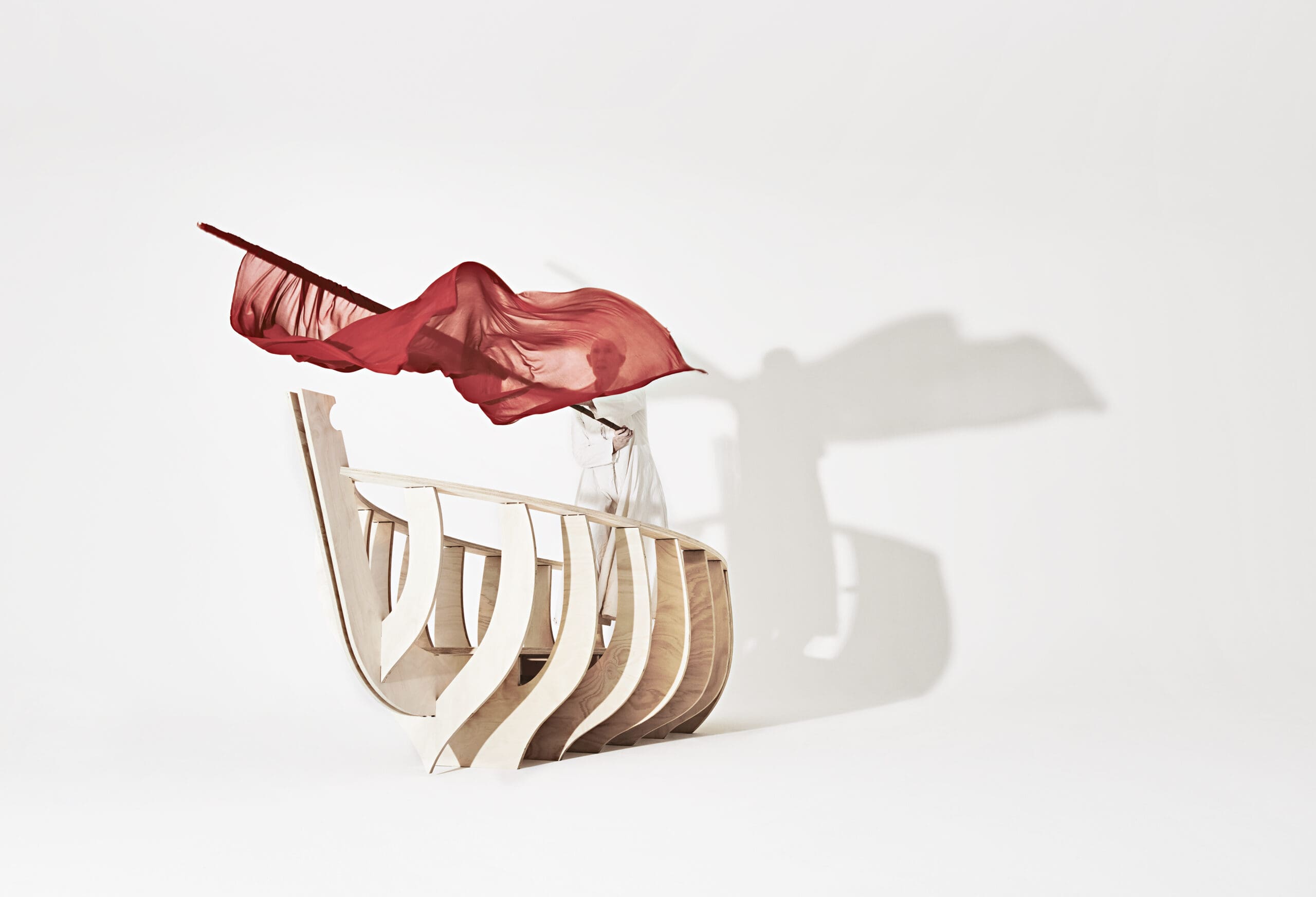
AW: Do you differentiate between live performance and performing for camera?
JO: Over the years, I’ve learned that with performance for the camera, if you’re not on, you’re not there, fully present, the camera absolutely sees it. And when you are there, something happens to the body. With an audience, there is a different sense of adrenaline, the presence is the crucial element across both live and performances for the camera. However, some of my most iconic images, or the images I’m better known for, have just been made for the camera.
AW: How important is documentation?
JO: Of the live event? That’s important. But I don’t think it actually captures those quintessential moments that really are the performance. I see the performance as images or a series of images, but it’s not always captured in still or in video documentation. Each medium is different requiring understanding of the medium and working with that to achieve the result I work towards. Way back for an earlier piece, I built a platform where cameras could be hidden so that neither the camera nor the audience were going to interrupt each other. But that doesn’t happen very often. I find it is best to give priority to either audiences or the camera and not to mix them together.
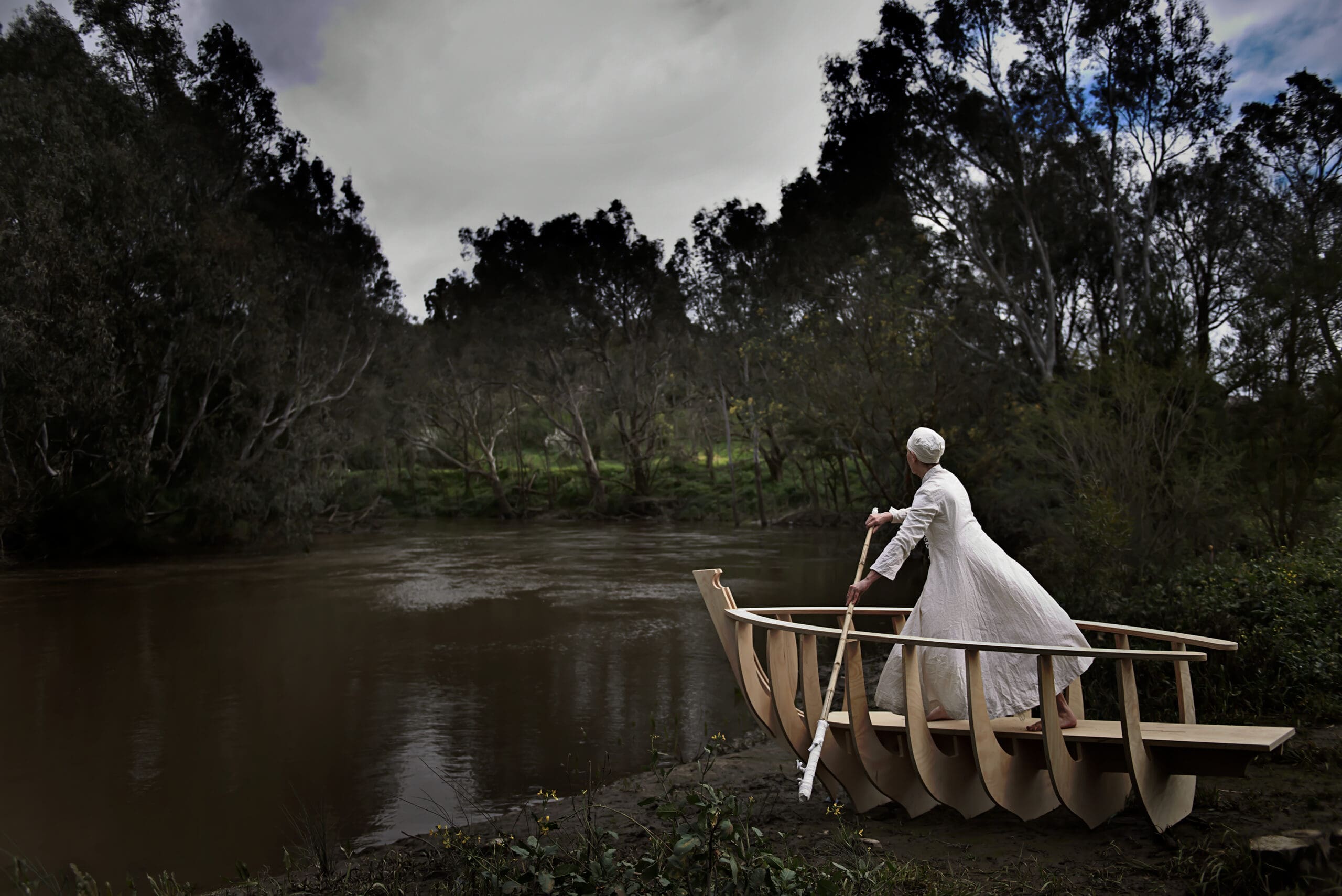
AW: The symbolism in your work is so striking, and your performances often read as images. Do they come to you as a singular image?
JO: Usually it does. And my job is done when I have physically communicated this image for the camera to see. At the same, that’s always my risk: whether it’s communicated something beyond myself to the fantastic photographers I have worked with. They click the images into existance. The Promised Land was photographed by Christina Simons.
AW: Returning to The Promised Land, how did that imagery come about? I’m thinking specifically here of the costume.
JO: The costume is referencing lots of different things. I love calico, and so it just had to be calico. It had to be very simple and humble. It’s intended to be read across different histories.
AW: This is how I understand the symbology of the boat, also. The boat can be a symbol of leisure and privilege, and a symbol of acute suffering and desperation. What message do you hope audiences might take away from The Promised Land?
JO: I think the lovely thing about the boat is it will never float, so you’re left asking, “Now what?’” In the 12 years since I took the photographs, the entire history of the sites and the piers have changed. The Spirit of Tasmania does not arrive there anymore, there are so many spaces that are no longer used. With that in mind, I am asking, “What can the symbolic language of art say about a current circumstance, or about historical circumstances? And can the language of art take us into the future?” I guess that’s my question. Don’t know how that will be answered in the exhibition, but that is the question.
The Promised Land Refigured
Jill Orr
Linden New Art (Melbourne/Naarm)
On now—19 May
This article was originally published in the May/June 2024 print edition of Art Guide Australia.










